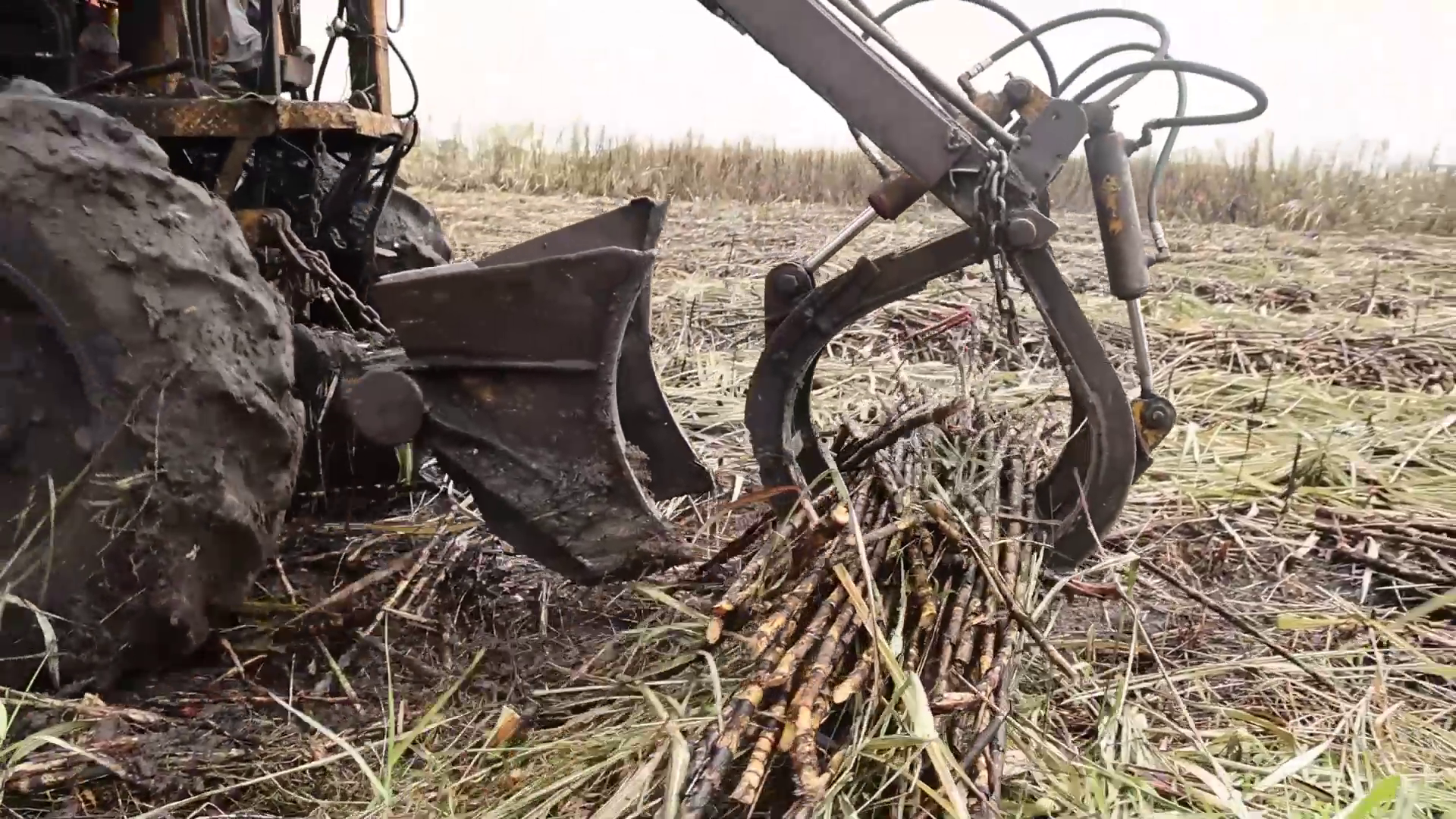Belize’s sugar industry is facing one of its worst crises in recent memory. The season has come to a sudden and painful close, with record low yields and millions in losses. The culprit? A devastating fungal disease known as fusarium, which has infected over sixty thousand acres of sugarcane, and severely damaged another eighty thousand. The result? A projected thirty percent drop in production, a staggering fifty-three million dollars in losses, and a tough road ahead for farmers already bracing for a sharp cut in earnings. So, what’s next for one of Belize’s most vital industries? And can it recover before it’s too late?
Prime Minister John Briceño
“The effect of it all is that today the sugar crop has come to an end and it will be one of the worst sugar crops we have had in recent times. By this morning again the estimate is around eight hundred and eighty thousand tons of cane would have been delivered. What is even worse is that the tons of cane to produce one ton of sugar has been even worst. The current tons per of cane per ton of sugar is twelve tons of cane for one ton of sugar. When the cane is really good you are getting nine tons for one ton of sugar. So we are using two tons and a quarter more to make one ton of sugar. So, this is by far the worst we have had in production in recent history since 2011. BSI will produce just over seventy-eight tons of sugar. For context, this year the factory will produce seventy-nine thousand, ninety-seven thousand 3eight hundred tons less than what was produced last year and one hundred and fifty-four thousand tons less than what it produced in 2019. With a production of eight hundred and eighty thousand tons of cane producing seventy-eight thousand tons of sugar the industry is projected to earn one hundred and ten million dollars, mostly in foreign exchange, representing a significant reduction to fifty-three million from one hundred and fifty-six point five million dollars generated in 2024. Based on the current sugar price estimate farmers are expected to earn no more than sixty-five dollars per ton of cane this year. This represents a reduction of twenty-five dollars per ton when compared to ninety dollars and twenty-three cents per ton that was paid out last year. Our farmers will take home thirty-one million dollars less than it took home last year.”
